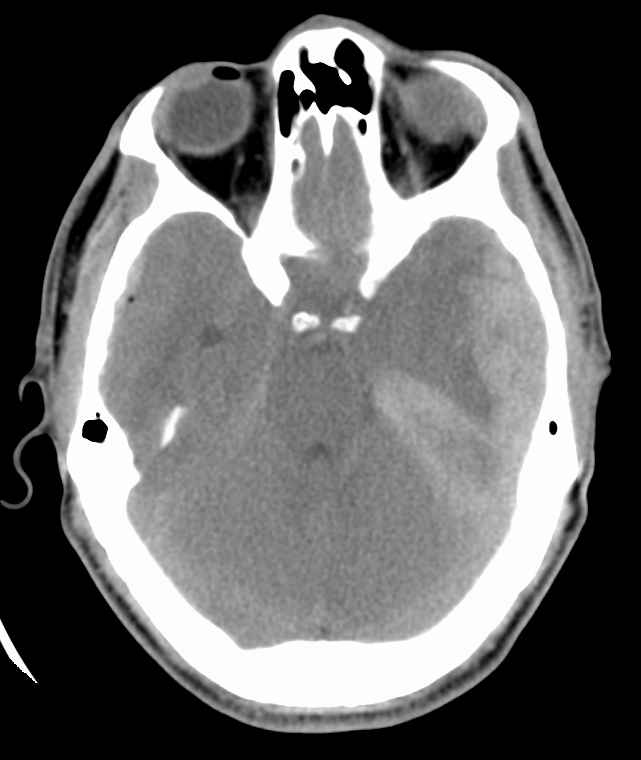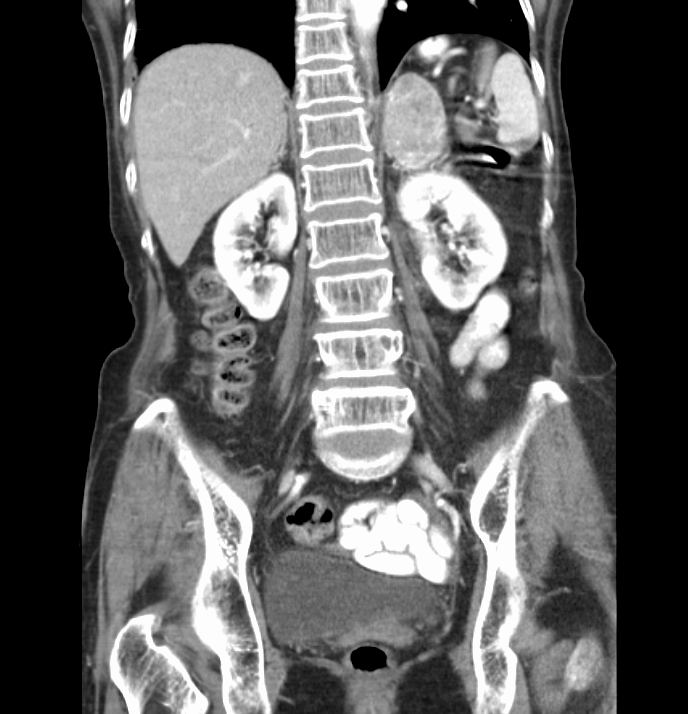Annals of B-Pod: Intra-Aortic Balloon Pump
/The third Annals of B Pod December Issue highlights a new section - highlighting cases on the front lines in the helicopter. The intra-aortic balloon pump (IABP), first developed in the 1960s, is one of the most widely-used cardiac assist devices. Placed in critically-ill patients with cardiogenic shock, it increases coronary blood flow and decreases afterload. Patients with IABPs are frequently transferred to tertiary referral hospitals via helicopter emergency medical services (HEMS) transport. As such, prehospital and ED providers must become comfortable with the management of these patients and be aware of complications from these devices, we will take a look at two Air Care cases with IABPs.
Read More


















